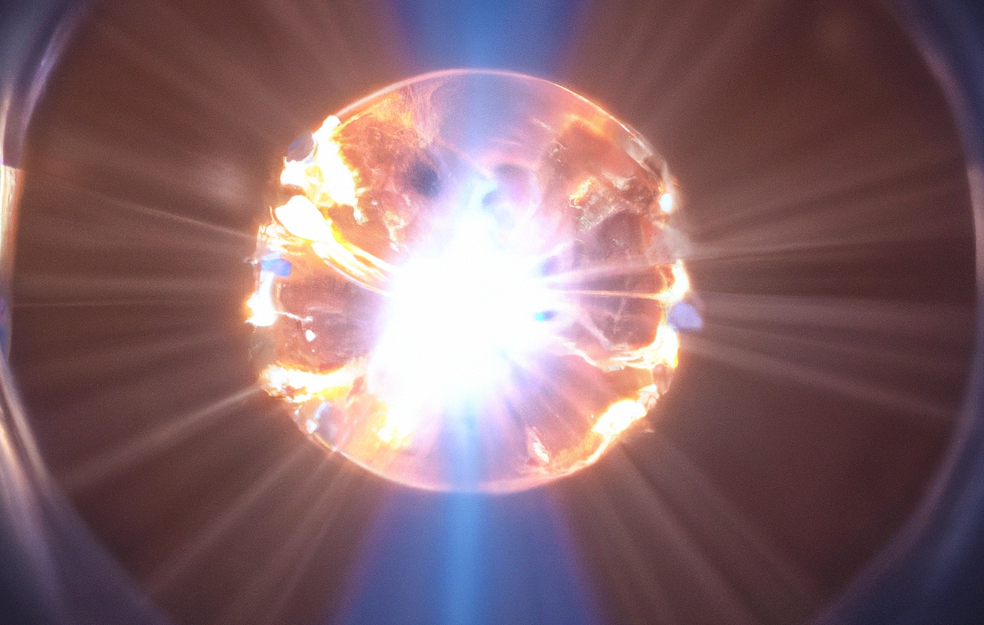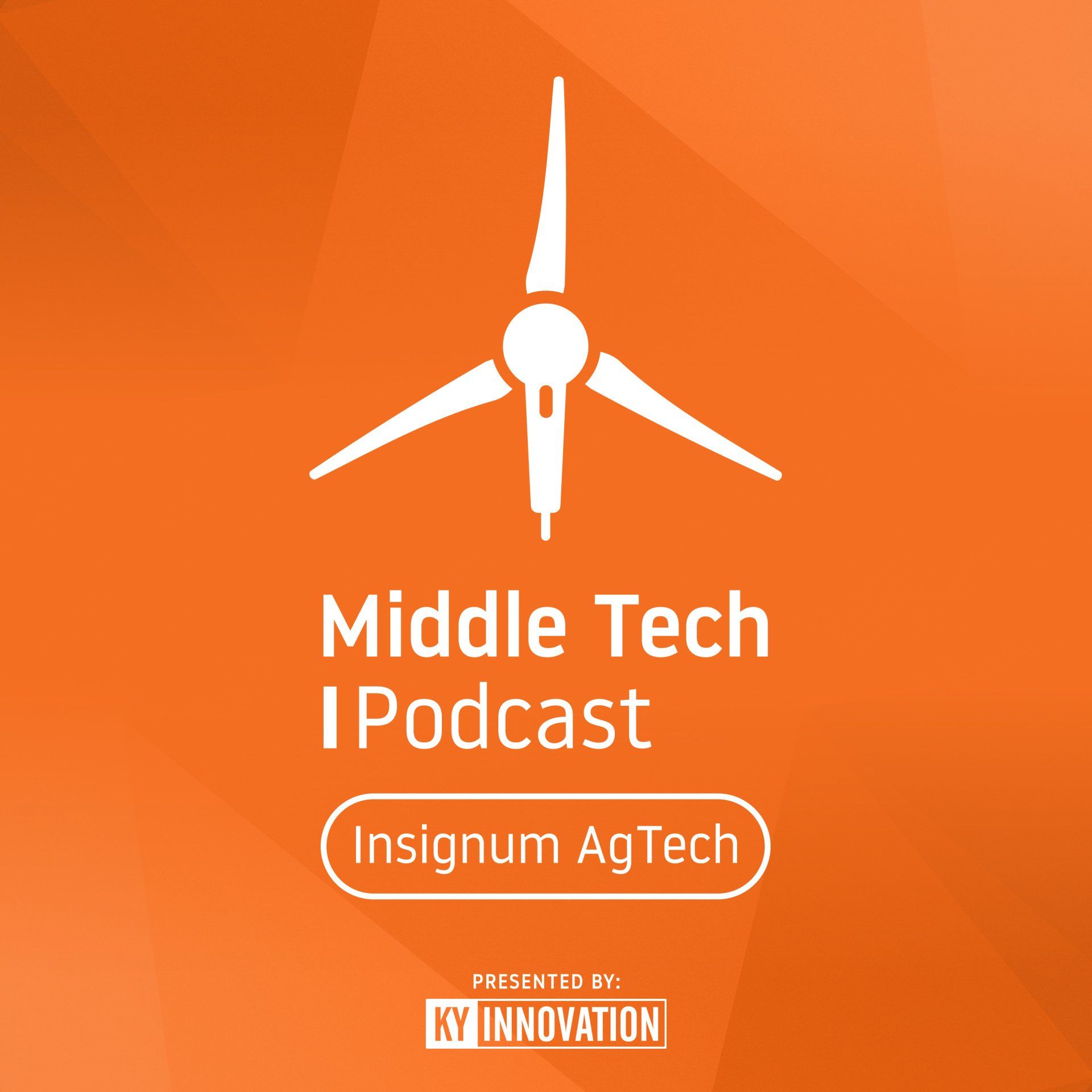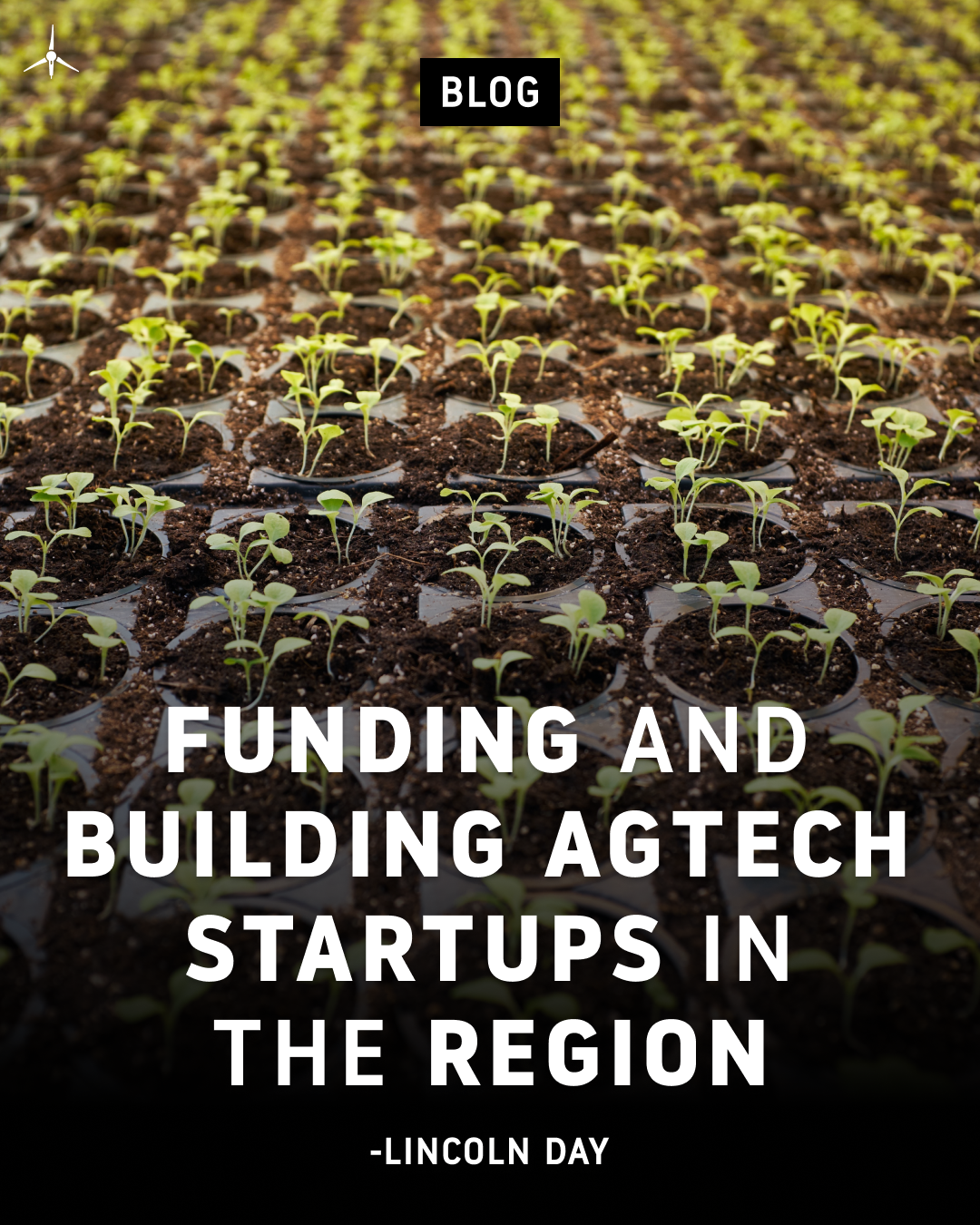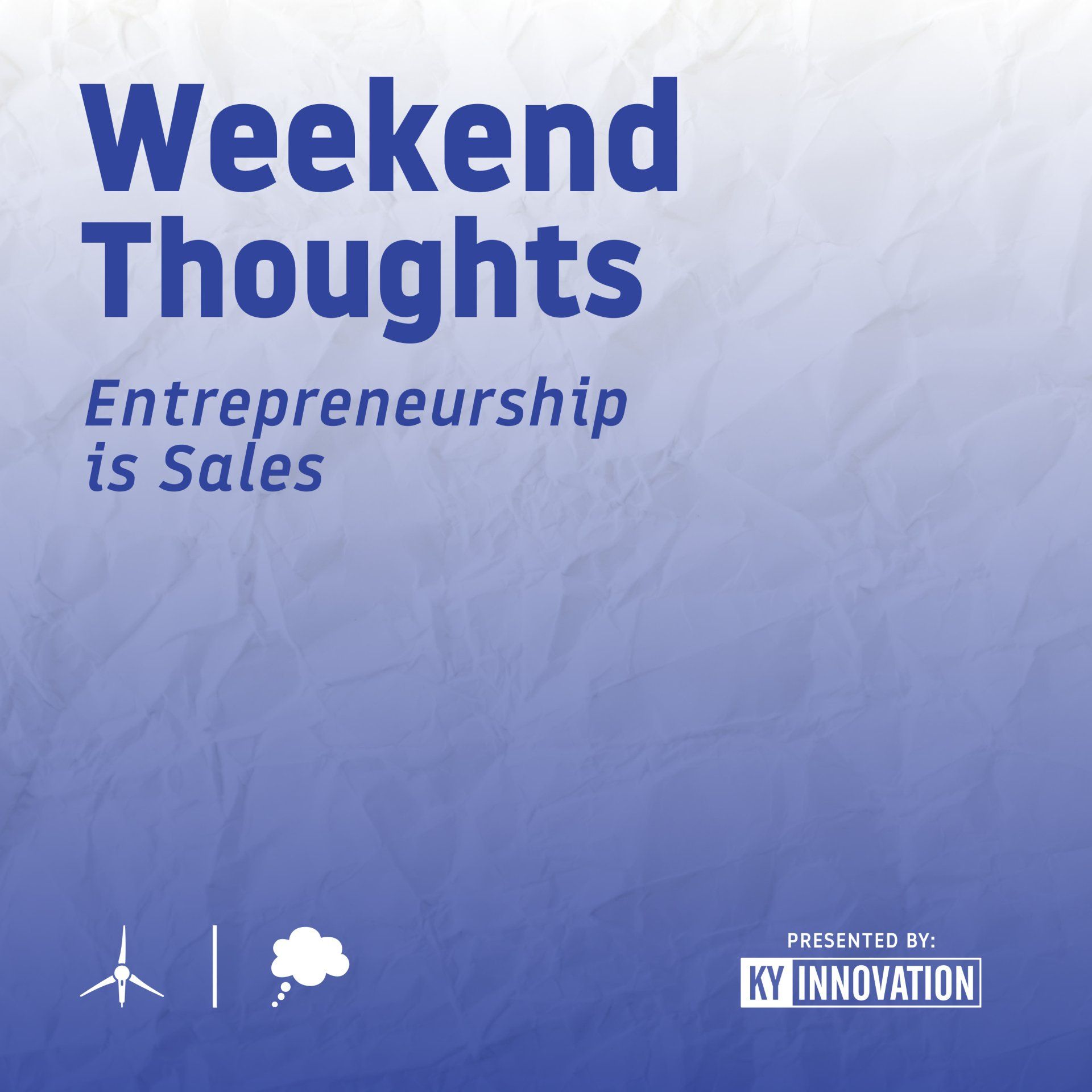Why the 2020s Might Be The Most Significant Decade in Human History
Sustainable Nuclear Fusion, Artificial Intelligence, and Quantum Computing

December 5th, 2022 was a big day in the world of nuclear fusion research. The United States Department of Energy announced that the Lawrence Livermore National Laboratory successfully achieved nuclear fusion that produced net power gain. Fusion, as I discussed in a previous Weekend Thoughts, is considered the holy grail of clean energy production as it can theoretically provide us with an almost limitless source of clean, safe, and sustainable energy for Earth. As of yesterday, though, that theory has now been at least partially proven correct.
We can generate a fusion reaction that produces more energy than it consumes - and that alone is really f*cking exciting.
Even if it was for a very short amount of time, researchers have been trying to prove that net energy gain is possible through fusion since the theory was understood in the 1930s.
As a refresher, fusion is the process by which atomic nuclei combine to form a heavier nucleus. The process releases energy because the total mass of the resulting single nucleus is less than the mass of the two original nuclei and the leftover mass becomes energy. This is the same process that powers the sun and other stars, and until recently, has not been possible on Earth. To produce a fusion reaction, you need extreme temperatures - as in tens-of-millions-of-degrees-hot extreme. You can see why this makes it very difficult to produce in a controlled environment where you can harness the energy produced.
Nevertheless, the Lawrence Livermore National Laboratory has found a way. Their achievement of net power gain from fusion marks a major milestone in the quest for fusion energy, and while there’s still a long way to go before fusion power becomes a practical reality, this breakthrough brings us one step closer to unlocking the vast potential of this clean and abundant energy source.
Now, to add a dose of reality to this exciting advancement, let’s breakdown what was actually achieved and what it took to achieve it. This article from Ars Technica puts some numbers to the announcement:
In terms of specifics, the lasers of the National Ignition Facility deposited 2.05 megajoules into their target in that experiment. Measurements of the energy released afterward indicate that the resulting fusion reactions set loose 3.15 megajoules, a factor of roughly 1.5. That's the highest output-to-input ratio yet achieved in a fusion experiment.
Before we get to visions of fusion power plants dotting the landscape, however, there's the uncomfortable fact that producing the 2 megajoules of laser power that started the fusion reaction took about 300 megajoules of grid power, so the overall process is nowhere near the break-even point. So, while this was a real sign of progress in getting this form of fusion to work, we're still left with major questions about whether laser-driven fusion can be optimized enough to be useful.
So yes, we can create a fusion reaction that produces more energy than it consumes when speaking strictly about the reaction itself. We sent 2.05 megajoules of energy into the fuel pellets and in turn, it produced 3.15 megajoules of energy. However, it took a lot of grid power to make those lasers produce the energy that was required to ignite the reaction. The article continues on to describe the inefficiencies of the facility and equipment that was used in this research:
But many speakers emphasized that the facility was built with once-state-of-the-art technology that's now over 30 years old. And, given its purpose of testing conditions for nuclear weapons, keeping power use low wasn't one of the design goals. "The laser wasn't designed to be efficient," said Herrmann, "the laser was designed to give us as much juice as possible to make these incredible conditions happen in the laboratory."
Tammy Ma leads the DOE's Inertial Fusion Energy Institutional Initiative, which is designed to explore its possible use for electricity generation. She estimated that simply switching to current laser technology would immediately knock 20 percent off the energy use. She also mentioned that these lasers could fire far more regularly than the existing hardware at the National Ignition Facility.
While we may still have a lot of problems to solve before we begin powering our cities with nuclear fusion reactors, there are a couple trends that lead me to believe that we’re going to figure it out.
Fusion, A New Age of Computing, and the Power of Compounding
Just as exciting as the advancements in fusion research are the recent advancements in artificial intelligence, machine learning, and quantum computing.
The significance of these technologies advancing simultaneously primarily overlaps in one key area: data. Each test run by fusion researchers yields a treasure trove of valuable data, and that data can be used to train and improve the machine learning algorithms, which can in turn be used to improve the tests conducted by fusion scientists.
One of the key challenges in fusion research is the need to understand and control the complex behavior of plasma – the superheated fuel used in fusion reactions that causes atomic nuclei to fuse. Plasma is incredibly difficult to study, as it is incredibly hot and extremely difficult to contain. As a result, researchers have to rely on advanced computer simulations to model the behavior of plasma and to predict how it will behave in different scenarios.
This is where machine learning algorithms come in. By analyzing the vast amounts of data generated by these simulations, machine learning algorithms can identify patterns and trends that would be impossible for a human to spot. This allows researchers to make more accurate predictions about the behavior of plasma, which in turn can help them to develop better fusion reactions and improve the efficiency of fusion reactors.
Combine all of that with the progress being made in developing a quantum computer and I believe that we’ll see advancements begin to happen at an exponential pace due to the power of compounding. A quantum computer could theoretically complete computations that would take normal computers longer than a lifetime, allowing researchers to gain insights into the data collected that were previously not possible.
A lot of things will need to go right for this future to become a reality, but as an optimist, I prefer to frame things in terms of “what’s the best that could happen” rather than “what’s the worst that could happen”. This is primarily what drives my belief that we’ll manage to figure out fusion in this decade, and that will be the most significant advancement in human history.
The Most Significant Advancement in Human History
What would it mean for humans to have access to theoretically limitless, sustainable, clean energy? What happens once the cost of energy drops to essentially zero? One of the primary cost inputs of doing just about anything is based on the cost of the energy needed to do it. Whether it be transportation, construction, or computing, if you remove energy from the cost equation, you’re left with the human costs and the cost of raw materials. Now add artificial intelligence and robotics - both of which are advancing at breakneck speeds as well - and you can see how we might be on the verge of entering an age of abundance.
A future where fusion, artificial intelligence, and quantum computing coexist is a future that would be difficult for us to wrap our minds around with our current understanding of the world. These three advancements have the potential to revolutionize the world as we know it and bring about unprecedented levels of progress and prosperity. Whether we cross that chasm in this decade or not, I do believe that humanity will eventually get there. It's up to us to seize the opportunities that these technologies present and use them to build a better future for all.









